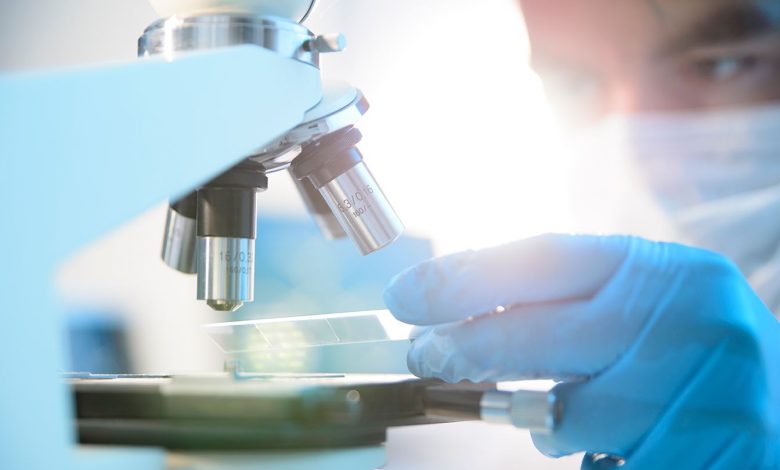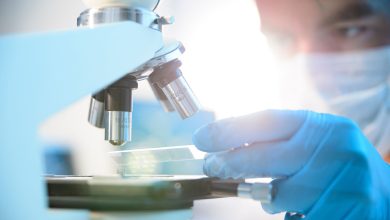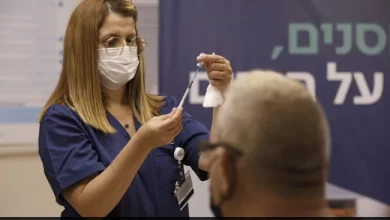Breast cancer research could benefit from live cells from human breast milk

A new study has found that the live cells extracted from human breast milk could help in breast cancer research.
Researchers published their findings in Nature Communications wherein they point out that breast tissue is one of the most dynamic one that changes over time during puberty, pregnancy, breastfeeding, and aging. The study focuses on the changes that take place during lactation by investigating cells found in human milk.
Researchers point out that the cells in the milk that were thought off as being dead or dying aren’t but in fact they are alive. These living cells provide researchers with the chance to study not only the changes that occur in mammary tissues during lactation, but also insight into a potential early indicator of future breast cancer development.
The researchers collected voluntary breast milk samples from lactating women, as well as samples of non-lactating breast tissue donated from women who elected to have aesthetic breast reduction surgery. Using single-cell RNA sequencing analysis, the team conducted a novel comparison of the composition of the mammary cells taken using these two methods, identifying the distinctions between lactating and non-lactating human mammary glands.
While accessing breast tissue for study relies on donors already undergoing surgery, breast milk samples are much simpler to acquire. Breast milk donors are engaged via midwives or women’s networks (an undertaking made more challenging by the pandemic) and agree to share their samples over time. Typical daily production for lactating women is between 750-800ml, and the sample size for Twigger’s research is on average a mere 50ml, an amount which can contain hundreds of thousands of cells for study.
By collecting these samples donated by breastfeeding women – samples now known to contain living and viable cells – researchers have the opportunity to capture dynamic cells in a non-invasive way. This greater ease of access to breast cells can open the door to more studies on women’s health in the future.


